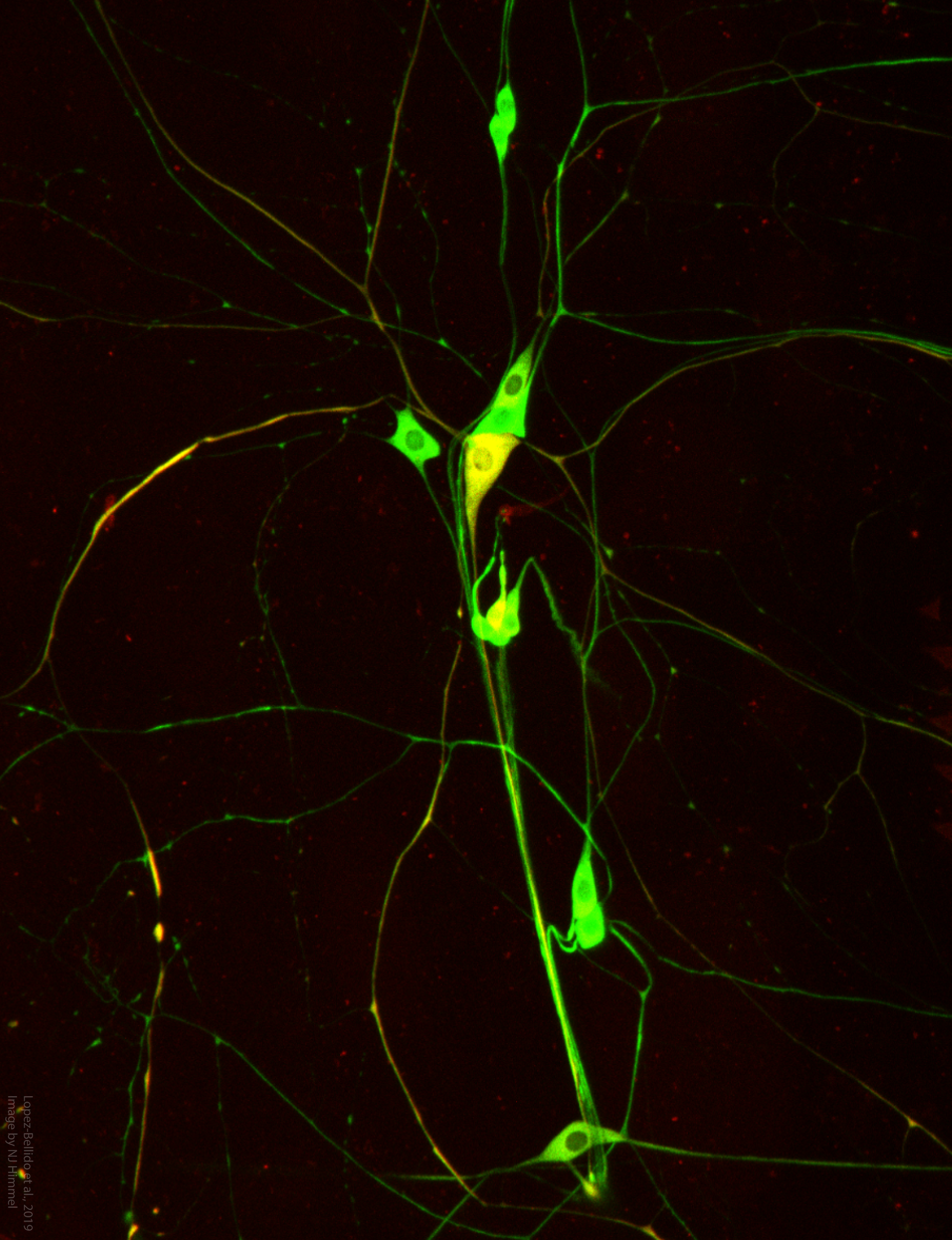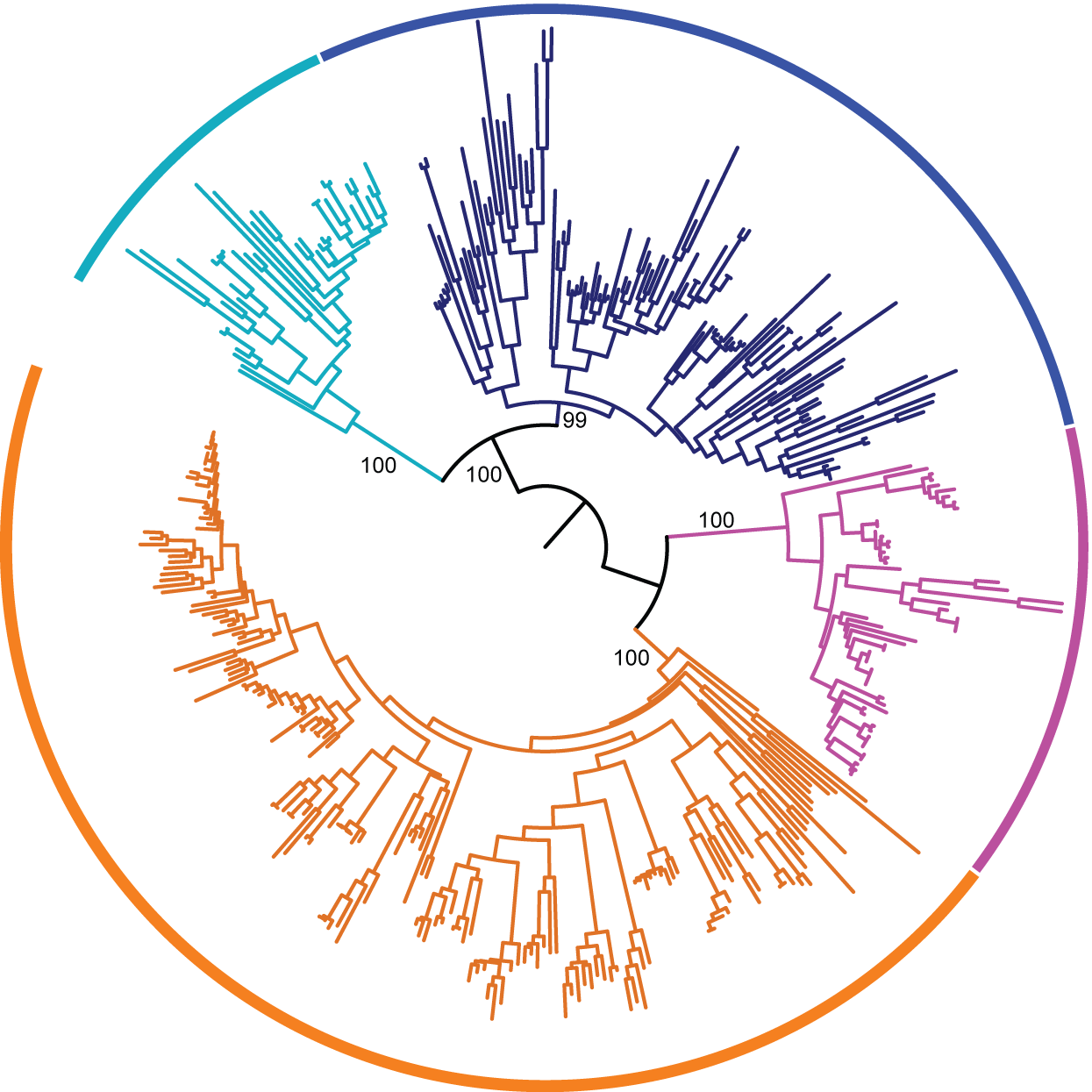Sensory Systems & Behavior
How do organisms sense and respond to their environment?
Our ability to sense the outside world is undeniably important—but how do we, and other forms of life, do it?
My research uses techniques in molecular, cellular, and organismal biology to understand how life transforms environmental signals into useable information. Here, I primarily leverage the model organism Drosophila melanogaster in order to track sensation through the nervous system, from the sensory receptor to eventual behavior.
Select Publications:

